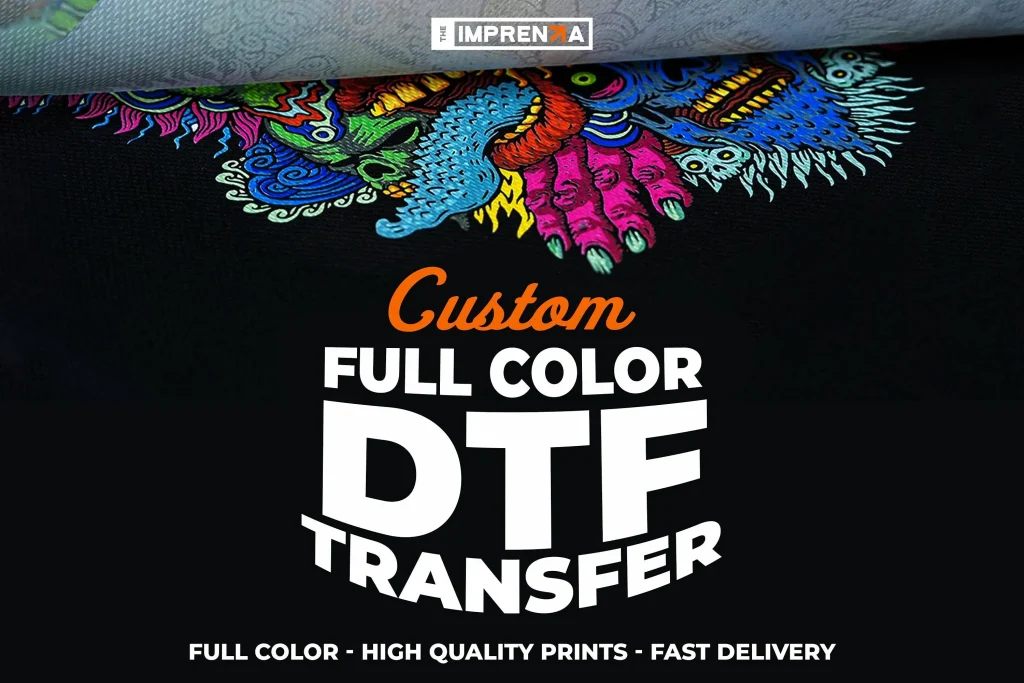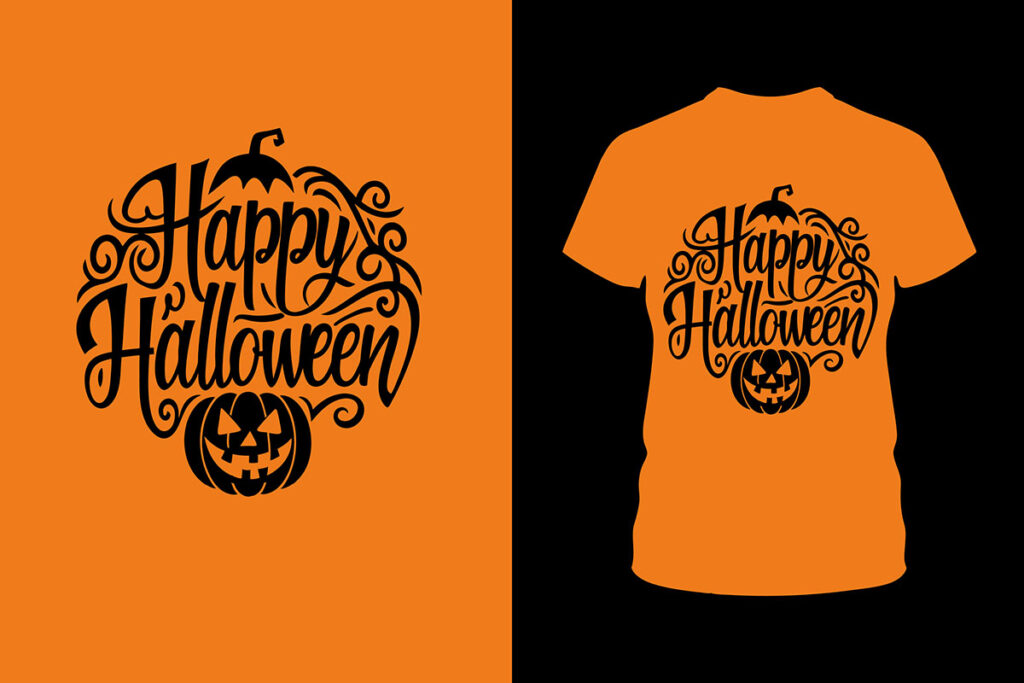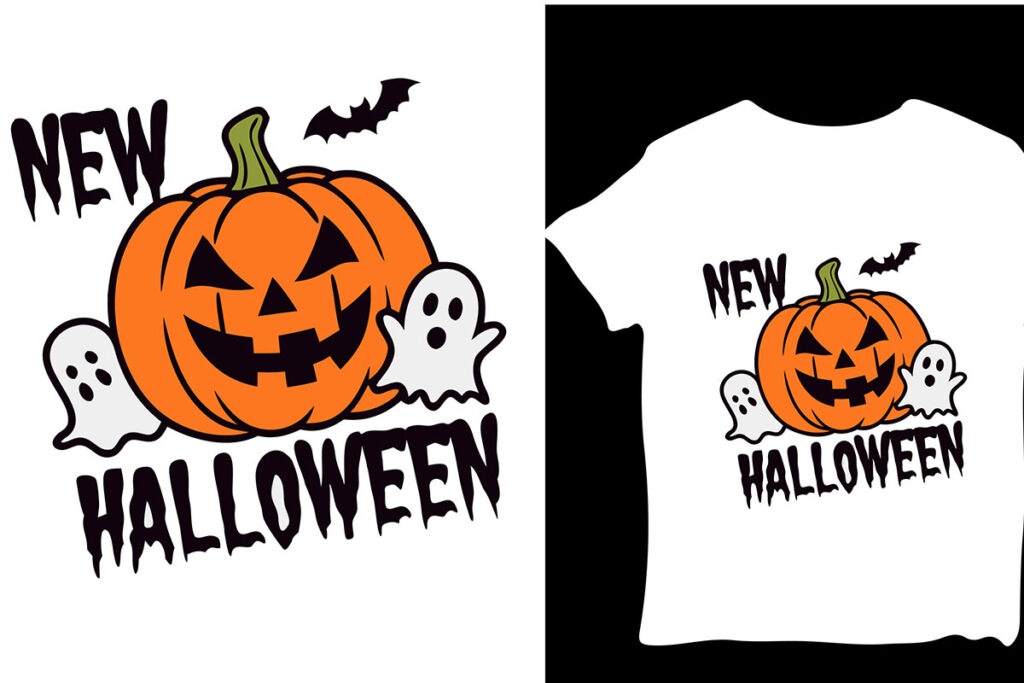In the world of custom printing, **DTF transfers** (Direct to Film) have emerged as an innovative and popular choice for garment decoration. This technique allows vibrant designs to be seamlessly applied onto various fabric types, making it an excellent alternative to traditional printing methods such as screen printing, DTG (direct-to-garment), and dye sublimation. As businesses and individuals seek high-quality, flexible printing solutions, DTF transfers stand out for their ability to combine ease of use with exceptional detail resolution. With the growing demand for customized apparel, understanding DTF transfers compared to other printing processes is crucial for making informed choices. In this blog post, we will explore the advantages of DTF printing and how it measures up against other well-known techniques.
When discussing garment printing solutions, terms like Direct to Film, film printing, and custom heat transfer all come into play, each representing different techniques suited for various applications. DTF prints utilize advanced technology to deliver stunning imagery on fabric, while traditional methods like screen printing and DTG focus more on direct application to textiles. Moreover, dye sublimation remains a specific favorite for projects that require striking, fade-resistant colors on polyester materials. By examining these alternative phrases and their implications, we can better appreciate the capabilities and nuances between these methods, particularly how DTF transfers can enhance your customization efforts.
Understanding DTF Transfers
DTF transfers, or Direct to Film transfers, represent a revolutionary leap in custom printing technology. This method involves the application of specialized inks onto a film which is then heat-pressed onto a variety of fabrics. One of the standout features of DTF printing is its versatility, as it can be used on cotton, polyester, and even blends, which makes it an excellent choice for businesses looking to diversify their product offerings. Unlike some traditional printing methods, DTF can seamlessly accommodate complex designs and vivid color gradients, appealing to those who wish to make a bold statement with their apparel.
Moreover, DTF transfers offer a smooth finish and durability, meaning the prints can withstand regular wear and tear without losing their vibrancy. This characteristic makes DTF an attractive option for custom apparel that sees frequent use, such as sports uniforms or promotional gear. As the demand for custom printing solutions continues to grow, understanding the intricacies of DTF transfers can empower business owners to select the best method to meet their specific needs.
Screen Printing: The Traditional Approach
Screen printing has stood the test of time as one of the most widely used printing methods, particularly in high-volume production settings. It involves pushing ink through a mesh screen onto the fabric, making it an economical choice for large batches where cost per print decreases significantly. Additionally, screen printing is celebrated for its durability, with inks that adhere well to fabrics, ensuring long-lasting designs, especially when printed on items like t-shirts and tote bags that may undergo frequent washing.
However, the method does have its limitations. The initial setup costs can be high, and the process can be time-consuming, particularly for designs requiring multiple colors or intricate details. In such cases, businesses may find DTF transfers offer a more flexible alternative, particularly when dealing with smaller quantities and custom designs that could be more costly or complicated to produce via traditional screen printing.
DTG Printing: Direct to Fabric Solutions
Direct to Garment (DTG) printing provides a modern take on fabric printing directly from digital files. This technique has gained popularity for its ability to produce high-quality, detailed prints quickly and with minimal setup. Because it prints directly onto the fabric using specialized inkjet technology, DTG is particularly well-suited for complex artwork and photographic images, providing stunning results for custom apparel.
Nevertheless, DTG printing does have its downsides, such as requiring pre-treatment of fabrics to ensure the prints adhere properly. Additionally, while it works beautifully on cotton, its effectiveness diminishes on other materials, which could limit a business’s ability to cater to a diverse clientele. In contrast, DTF transfers maintain their strong point in fabric versatility, allowing users to print on a wider range of materials without the compromising requirements seen in DTG methods.
Dye Sublimation: When Color Meets Material
Dye sublimation printing is another compelling option for custom printing, particularly for those working with polyester fabrics. This process differs from traditional methods by infusing the dye into the fabric rather than laying it on the surface, resulting in vibrant, long-lasting colors that don’t fade over time. It’s an excellent choice for products like athletic wear and promotional items due to its striking visual appeal and performance in quick-drying, breathable materials.
However, dye sublimation is limited in terms of fabric compatibility; it works best with coated surfaces and cannot be effectively applied to cotton or non-coated materials. This restricts its use in industries that require a wide range of fabric types. Businesses looking for flexibility in their printing options may find that DTF transfers stand out by offering similar color vibrancy while accommodating a broader variety of fabrics.
Production Volume: Choosing the Right Method
When evaluating the right printing method, one must consider production volume as a critical factor. Screen printing remains the optimal choice for large orders where economies of scale can be achieved, while DTG and DTF transfers cater to smaller runs or custom jobs with less setup investment. This makes it essential for businesses to gauge their production needs accurately, as choosing the wrong method can drastically affect profitability.
For instance, if a business frequently requires unique designs or small quantities, DTF transfers provide a practical solution without the extensive upfront costs associated with screen printing. Understanding how each method scales with volume can ultimately help in making informed decisions that align with operational capabilities and customer demands.
Design Complexity: Navigating Artistic Needs
Design complexity is another critical element to consider when selecting a printing technique. For intricate designs that involve detailed artwork or gradients, DTF transfers excel due to their advanced capabilities in handling fine details without sacrificing quality. This is particularly relevant in industries where artistic expression is vital, such as fashion and custom merchandise.
In contrast, traditional methods like screen printing can struggle with designs that require a variety of colors and fine detail. With limitations in producing such complexities, DTF printing presents a more viable path for businesses aiming to offer custom solutions that truly captivate their audience. Choosing the right printing method based on design complexity can lead to more engaging, high-quality products that satisfy client expectations.
Frequently Asked Questions
What are DTF Transfers, and how do they differ from other printing methods?
DTF Transfers, or Direct to Film printing, involve transferring ink onto a special film and heat-pressing it onto garments. Unlike screen printing, which requires extensive setup and is cost-effective for large batches, DTF is ideal for smaller runs and intricate designs. This versatility sets DTF apart from direct to garment (DTG) printing and dye sublimation, providing options for various fabric types.
Are DTF Transfers suitable for all types of fabrics?
Yes, DTF Transfers are versatile and can be used on a wide range of fabrics, including cotton, polyester, and blends. This flexibility exceeds that of methods like dye sublimation, which is limited to polyester materials, making DTF a preferred choice for custom printing across diverse textile applications.
How do DTF Transfers compare to screen printing in terms of cost and efficiency?
While screen printing is more cost-effective for large production runs, DTF Transfers offer significant advantages for smaller batches. DTF’s setup costs are lower, and it can quickly produce high-quality prints without the extensive preparation associated with screen printing, allowing for timely delivery of custom designs.
Can DTF Transfers produce detailed and high-resolution designs?
Absolutely! DTF Transfers excel at producing intricate and vibrant designs with excellent detail. Unlike some traditional printing methods that may struggle with complex artwork, DTF maintains high quality, making it suitable for detailed graphics and colorful prints.
Is DTF Printing a good option for custom apparel?
Yes, DTF Printing is an excellent choice for custom apparel due to its ability to handle diverse fabric types and produce high-quality, colorful designs. Its efficiency in small to medium runs complements individual customization needs, making it a preferred option for businesses focused on unique garment designs.
What are the main advantages of choosing DTF Transfers over DTG and dye sublimation?
DTF Transfers offer superior versatility by working on various fabric types beyond what DTG and dye sublimation can handle. Additionally, DTF provides better adhesion and durability on different materials, making it an ideal choice for a broader range of custom printing applications.
| Printing Method | Benefits | Drawbacks | DTF Comparison |
|---|---|---|---|
| Screen Printing | Cost-effective for large batches, Durable prints | High setup costs, Limited detail for complex designs | Handles intricate patterns and vibrant designs without extensive setup costs. |
| Direct to Garment (DTG) Printing | High-quality prints, Quick turnaround for orders | Requires fabric pre-treatment, Limited material versatility | Excels in versatility with a broader range of fabrics and superior adhesion. |
| Dye Sublimation Printing | Produces vibrant colors, Ideal for polyester | Material limitations on non-coated fabrics, Design restrictions | Surpasses in versatility, applicable to various fabric types including cotton blends. |
Summary
DTF Transfers are revolutionizing the printing industry by offering an innovative and flexible solution for custom designs. When compared to traditional printing methods such as screen printing, DTG, and dye sublimation, DTF transfers stand out for their ability to produce high-quality prints on a variety of fabrics without extensive setup times. This makes them particularly suitable for smaller runs and intricate designs. As businesses seek effective ways to meet diverse customer demands, understanding the benefits of DTF transfers can greatly influence the success of their printing projects. In an ever-evolving market, making the right choice based on production volume, fabric type, and design complexity is essential for achieving outstanding results.



